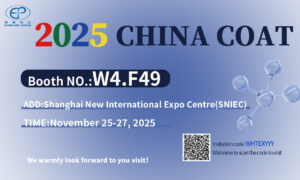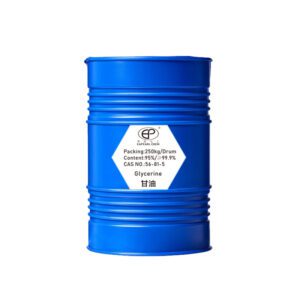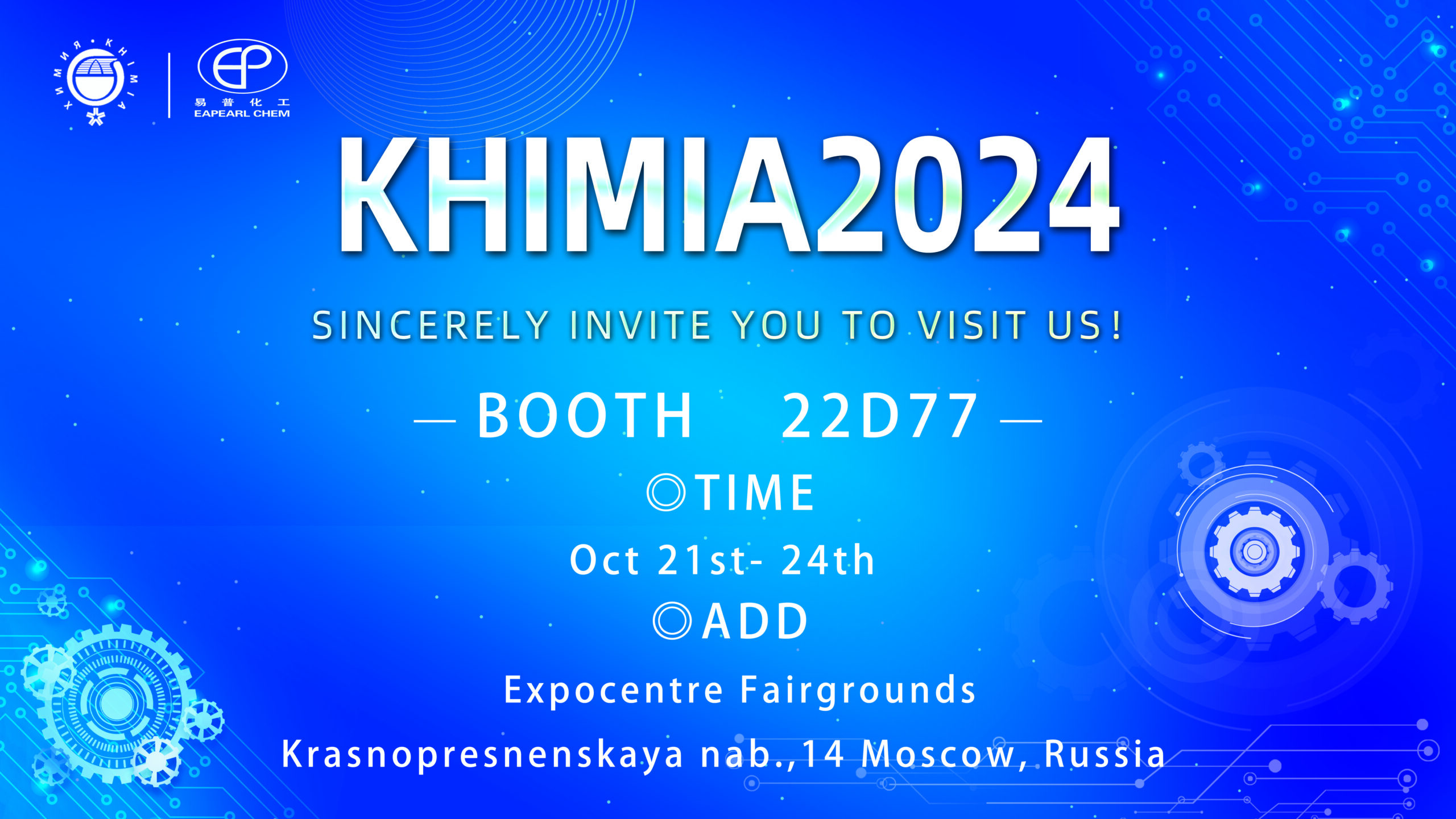Introduction
Coatings are vital in various industries, providing protection, durability, and aesthetic appeal to surfaces. With the growing emphasis on environmental sustainability and health safety, the need for eco-friendly coating solutions has become crucial. Dipropylene Glycol Dimethyl Ether (DPGDE) has emerged as a viable alternative to traditional solvents, offering numerous benefits for coating applications. This article will explore the advantages of DPGDE and its contribution to green and functional coatings.
1.Environmental Friendliness
1.1 Non-Hazardous Solvent
DPGDE is categorized as a Non-Hazardous Air Pollutant (Non-HAP/NAP) by regulatory bodies in the US and EU. It is considered a green solvent due to its low impact on air pollution. This makes DPGDE an excellent choice for environmentally-conscious coating manufacturers and end-users.
1.2 Low Environmental Impact
Unlike some organic coatings, which can contribute to environmental pollution, DPGDE offers a more sustainable solution. Inorganic natural layers have a minimal environmental impact during production and use. They are often water-dispersible, ensuring compatibility with ecosystems and human health.
2.Naturalness and Safety
2.1 Green Coating Characteristics
DPGDE-based coatings exhibit the characteristics of solvent-type pigments, resulting in vibrant colors, strong adhesion, excellent impact resistance, and flexibility. These coatings provide effective waterproofing and deliver a special decorative effect. Moreover, they are non-toxic, odorless, and free from harmful substances such as benzene, heavy metals, formaldehyde, ammonia, and isocyanates.
2.2 VOC Compliance
VOCs are a major concern in the coating industry due to their potential to harm air quality and human health.DPGDE helps address this issue by offering coatings with VOC values lower than standard limits. These coatings meet national standards and ensure a safer and healthier environment for workers and consumers.
3.Functionality and Performance
3.1 Synthetic Additive Compatibility
The functionality of coatings largely depends on their synthetic additives. The coating industry is evolving toward functionalization, compounding, and diversification to meet specific application requirements. DPGDE seamlessly integrates with various additives, enabling manufacturers to create coatings with enhanced performance and tailored functionalities.
3.2 Transition to Green Coatings
The shift from solvent-based coatings to environmentally-friendly alternatives is an ongoing process. While solvent-based coatings still have cost advantages regarding VOC emissions, water-based coatings are gaining traction for their superior performance. Coating manufacturers are investing in research and development to improve the acceptance and implementation of water-based coatings, driving the transition to greener solutions.
Conclusion
Dipropylene Glycol Dimethyl Ether (DPGDE) offers compelling benefits for coating applications. Its environmental friendliness, naturalness, safety, and compatibility with synthetic additives make it an excellent choice for eco-conscious coating manufacturers. By utilizing DPGDE, the coating industry can contribute to economic development while advancing environmental protection efforts.
FAQ
Q1.Is Dipropylene Glycol Dimethyl Ether (DPGDE) safe for coating applications?
A1.Yes, DPGDE is considered safe for coating applications. It is non-toxic, odorless, and free from harmful substances, making it suitable for eco-friendly coatings.
Q2.What are the environmental advantages of DPGDE-based coatings?
A2.DPGDE-based coatings have minimal impact on the environment. They comply with Non-Hazardous Air Pollutant (Non-HAP/NAP) standards, contribute to lower VOC emissions, and meet national environmental standards.
Q3.How does DPGDE contribute to functional coatings?
A3.DPGDE provides excellent compatibility with synthetic additives, allowing manufacturers to enhance the functionality and performance of coatings. It enables the development of tailored layers to meet specific application requirements.
Q4.Are water-based coatings better than solvent-based coatings?
A4.Water-based coatings are gaining popularity due to their superior performance and reduced VOC emissions. However, solvent-based coatings still offer cost advantages in terms of VOC emissions. The industry is gradually transitioning to greener solutions.
Q5.How does the use of DPGDE benefit economic development and environmental protection?
A5.Adopting DPGDE for coating applications supports economic development by promoting research and development efforts in producing eco-friendly coatings. DPGDE helps to protect the environment by reducing air pollution and creating a safer and healthier environment.








